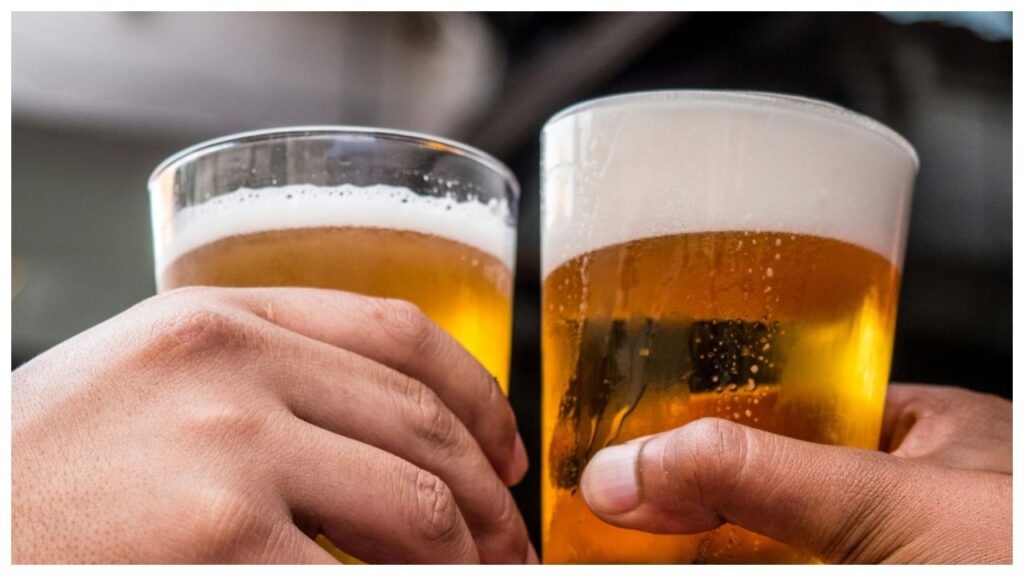Women’s Health: The Link Between Estrogen Levels and Binge Drinking
Recent research published in the journal Nature Communications reveals a significant finding: elevated estrogen levels in females may lead to increased binge drinking behavior. This study highlights how hormonal differences can contribute to distinct drinking patterns between the sexes.
The Impact of Binge Drinking on Women’s Health
According to the researchers, women may find themselves consuming alcohol more excessively during periods of heightened estrogen, a phenomenon observed in female mice used for experimentation. The study reveals a crucial link: when estrogen levels soar, so does the likelihood of binge drinking.
The findings underline the fact that binge drinking can exacerbate alcohol’s harmful effects, with women being particularly susceptible to its adverse health impacts compared to men.
Led by scientists at Weill Cornell Medicine in the U.S., the study examined brain activity in a region known as the bed nucleus of the stria terminalis (BNST), which is integral to managing stress-related behaviors, including mood and anxiety. It was discovered that female mice exhibit heightened excitability in this area compared to their male counterparts, correlating strongly with instances of binge drinking.
“Estrogen influences numerous behaviors, especially in females. Therefore, it’s logical that it would also affect drinking patterns,” explained Kristen Pleil, the study’s senior author and an associate professor of pharmacology.
Throughout the estrous cycle of the female mice, researchers tracked estrogen hormone levels and subsequently offered alcohol. The results were stark: female mice consumed significantly more alcohol on days when estrogen levels were elevated.
“We observed that female mice were more inclined to binge drink and showed less avoidance behavior during high estrogen periods than when their estrogen levels were low,” the authors noted. This behavior was linked directly to increased activity in the BNST.
Pleil elaborated on the neural responses, stating, “When a female mouse takes her first sip of alcohol, its neurons react intensely. In a high-estrogen state, that reaction is amplified.” This surge in neural activity resulted in the mice consuming alcohol more voraciously, particularly in the initial half-hour after alcohol was offered.
The implications of this research are significant, as they could pave the way for developing new interventions aimed at treating alcohol use disorders, particularly among women.


